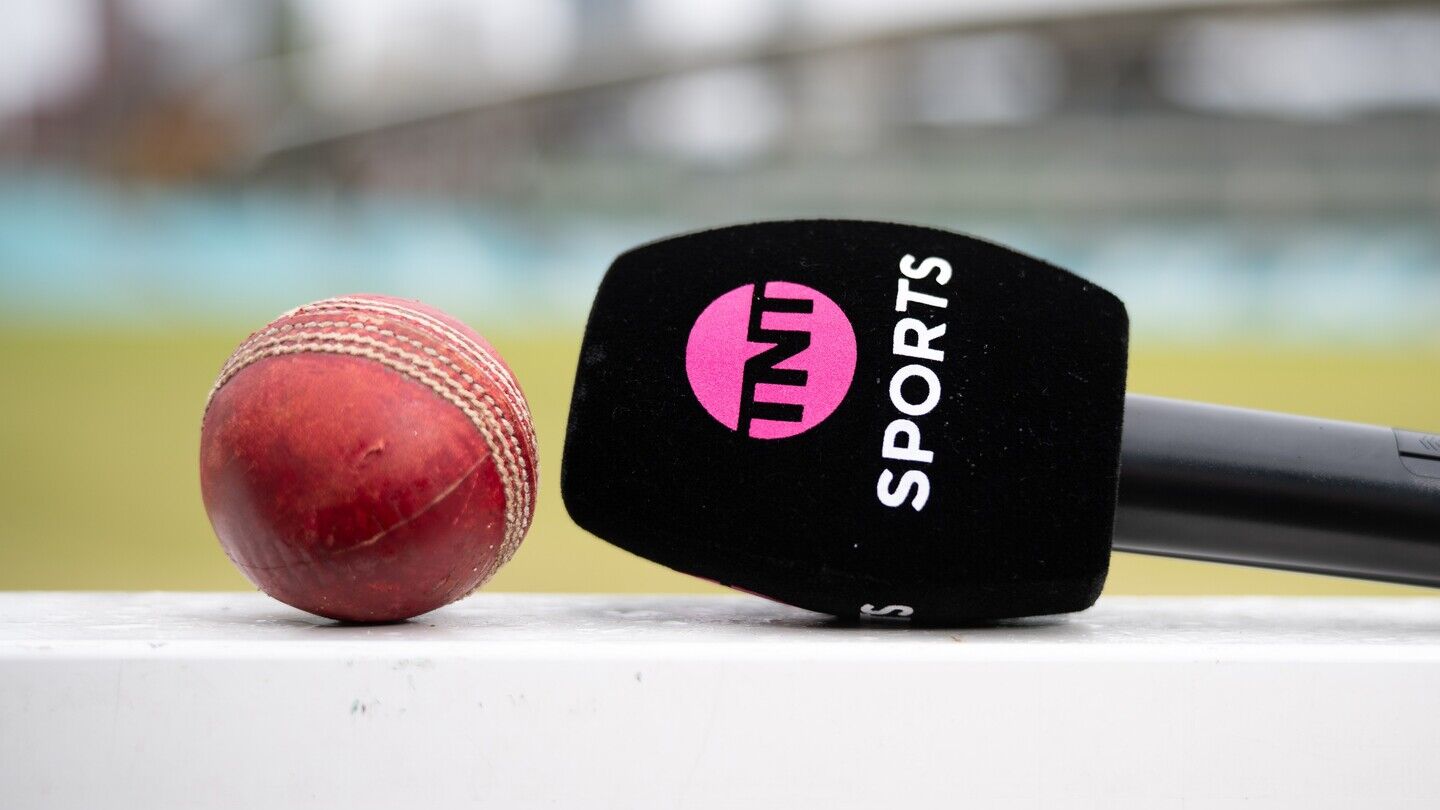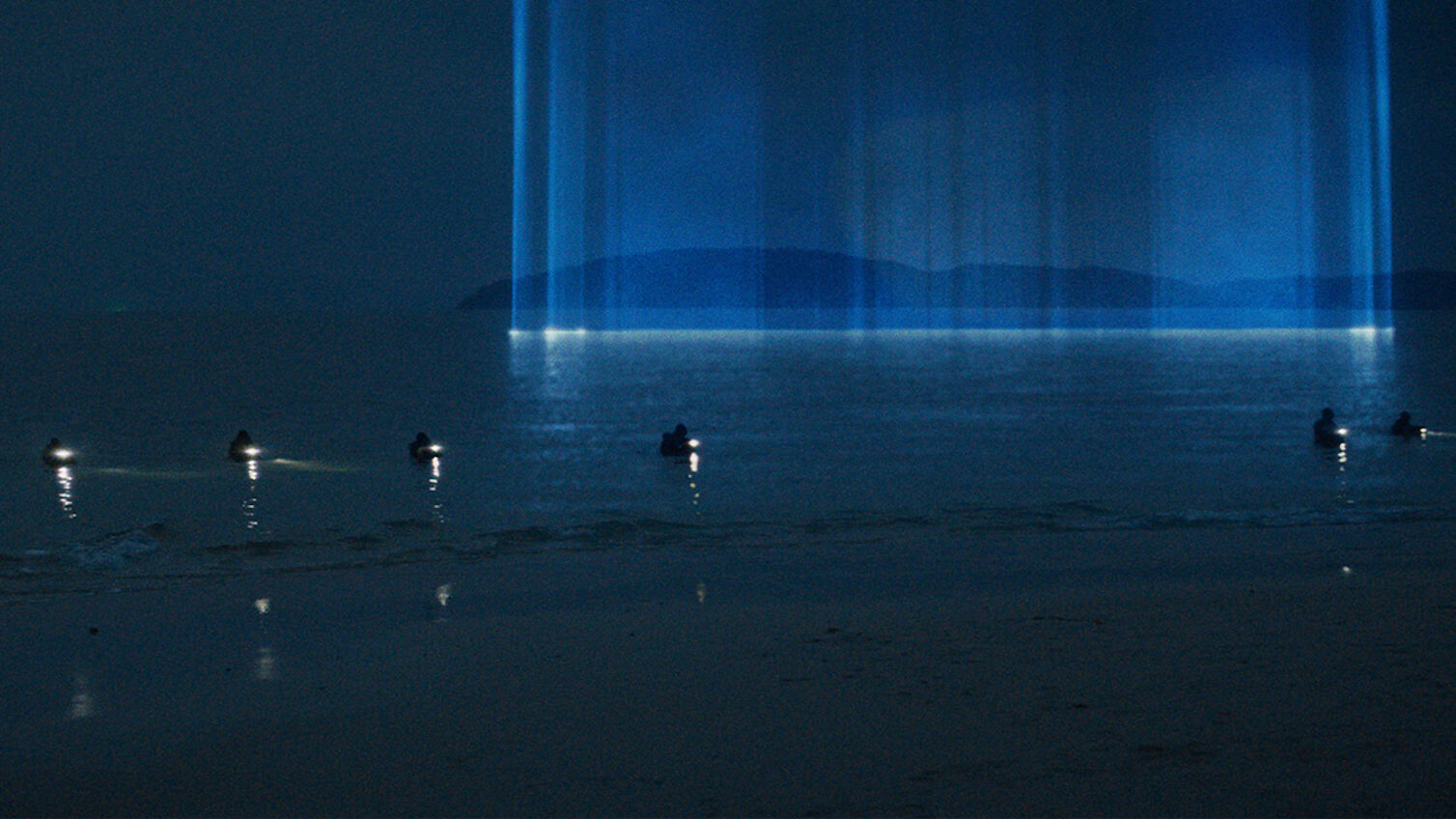Cinematographer Oren Soffer discussed bringing guerilla-style filmmaking to sci-fi blockbuster The Creator with Adrian Pennington.
A little ingenuity and can-do goes a long way. By some accounts British writer-director Gareth Edwards has stunned Hollywood in making The Creator for $80m while putting on screen the production value of a VFX spectacular four times that budget.
The world building of the sci-fi, set in 2065, may be derivative of films like Blade Runner, Star Wars or District 9 but it’s on a scale fit for IMAX and rendered with a brutal realism and cunning efficiency that puts mega-budget blockbusters like Avatar or Marvel movies to shame.
They did so by shooting guerilla-style with a relatively small crew in multiple locations, a prosumer camera costing £3,000, limited lighting gear and an unorthodox attitude to VFX grounded in the decade Edwards spent as a DIY filmmaker doing everything from VFX to editing in his front room.
“Our approach was less about saving money, although it was partly about keeping a small footprint, but an aesthetic choice to give Gareth the spontaneity he needed to tell this story,” said Oren Soffer, the film’s Israeli-American cinematographer in remarkably his first major feature as DP.
The project...
You are not signed in
Only registered users can read the rest of this article.

Behind the scenes: The Running Man
Scenes structured like Russian nesting dolls present Editor Paul Machliss with a challenge in completing this deadly reality TV show.

TNT Sports and The Ashes: “We need to be at the heart of the story”
TNT Sports takes a hybrid approach as England’s cricket team heads down under with a sporting chance of returning with a little urn. Adrian Pennington reports.

Behind the scenes: Frankenstein
Cinematographer Dan Laustsen tells IBC365 why he and Guillermo del Toro turned the classic nightmare, Frankenstein, into a love story of ice and warmth between father and son.
Behind the scenes: Good Boy
From casting his own dog as the lead to shooting at a dog’s eye level, first-time Feature Director Ben Leonberg has perfected a filmmaking process built entirely around a pet. The result? Critical acclaim and a viral smash for horror season.

Behind the scenes: A House of Dynamite
Filmmaker Barry Ackroyd reveals how his camera work takes audiences inside the command bunker and gives them no control over the final countdown to nuclear Armageddon.



